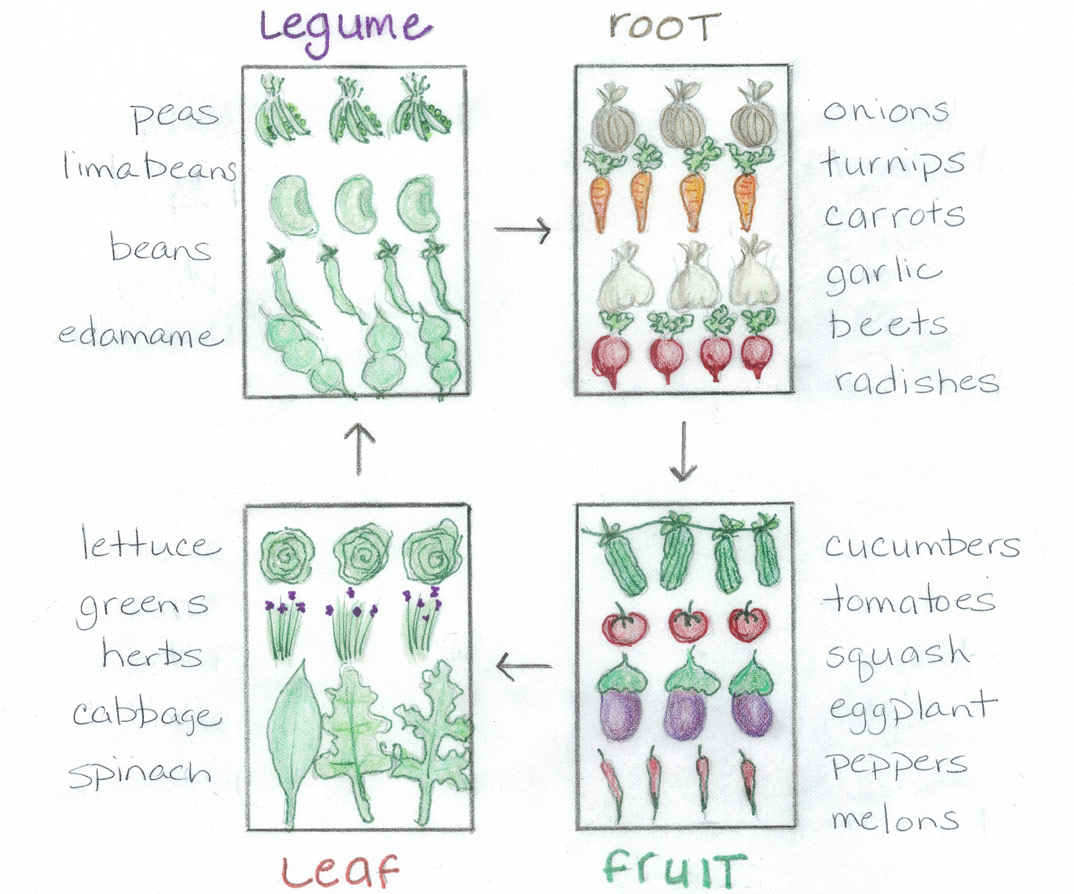3 Year Crop Rotation Chart
3 Year Crop Rotation Chart - Shop stocking stuffersexplore top gifts First, practicing crop rotation can naturally enhance soil fertility and reduce the demand for chemical fertilizer inputs. Here is a traditional three year rotation plan where potatoes and brassicas are important crops: Using a cyclical system of crop rotation for growing edible crops is easy and creates a vegetable plot that is cheaper and easier to manage. Even better, research indicates that harvest yields can. In this beginner’s guide to crop rotation you. Ideally, rotate a vegetable (or vegetable family) so that it grows in a particular place once out of every 3 to 4 years.
Even better, research indicates that harvest yields can. Use our sample garden plan for crop rotation to ensure you grow the best vegetables and keep your soil healthy. Learn how to rotate crops to prevent pests, diseases and improve soil fertility. Shop stocking stuffersexplore top gifts
Shop stocking stuffersexplore top gifts Here is a traditional three year rotation plan where potatoes and brassicas are important crops: Ideally, rotate a vegetable (or vegetable family) so that it grows in a particular place once out of every 3 to 4 years. Simple visual guides showing which crops to grow and when. After taking out the permanent beds, the growing space is divided into three and handled as below. Crop rotation can not only help you to achieve bigger and healthier crops of your.
For example, if you planted tomatoes in the same garden bed. Simple visual guides showing which crops to grow and when. Ideally, rotate a vegetable (or vegetable family) so that it grows in a particular place once out of every 3 to 4 years. Understanding crop rotation can go a long way toward helping you manage disease and maintain fertility in an organic garden. Learn how to rotate crops to prevent pests, diseases and improve soil fertility.
First, practicing crop rotation can naturally enhance soil fertility and reduce the demand for chemical fertilizer inputs. Use our sample garden plan for crop rotation to ensure you grow the best vegetables and keep your soil healthy. Maryana serdynska / getty images. Using a cyclical system of crop rotation for growing edible crops is easy and creates a vegetable plot that is cheaper and easier to manage.
Shop Stocking Stuffersexplore Top Gifts
Ideally, rotate a vegetable (or vegetable family) so that it grows in a particular place once out of every 3 to 4 years. Using a cyclical system of crop rotation for growing edible crops is easy and creates a vegetable plot that is cheaper and easier to manage. Even better, research indicates that harvest yields can. Crop rotation can not only help you to achieve bigger and healthier crops of your.
Learn How To Rotate Crops To Prevent Pests, Diseases And Improve Soil Fertility.
In this beginner’s guide to crop rotation you. Here is a traditional three year rotation plan where potatoes and brassicas are important crops: First, practicing crop rotation can naturally enhance soil fertility and reduce the demand for chemical fertilizer inputs. Simple visual guides showing which crops to grow and when.
After Taking Out The Permanent Beds, The Growing Space Is Divided Into Three And Handled As Below.
Maryana serdynska / getty images. For example, if you planted tomatoes in the same garden bed. Understanding crop rotation can go a long way toward helping you manage disease and maintain fertility in an organic garden. Use our sample garden plan for crop rotation to ensure you grow the best vegetables and keep your soil healthy.
Use our sample garden plan for crop rotation to ensure you grow the best vegetables and keep your soil healthy. After taking out the permanent beds, the growing space is divided into three and handled as below. Ideally, rotate a vegetable (or vegetable family) so that it grows in a particular place once out of every 3 to 4 years. For example, if you planted tomatoes in the same garden bed. First, practicing crop rotation can naturally enhance soil fertility and reduce the demand for chemical fertilizer inputs.







